Spice Up Your Life: 10 Must-Know Tips for Mastering Indian Cuisine at Home
Introduction: Why Indian Cuisine is Like a Party in Your Mouth
Ever taken one bite of a spicy biryani and felt like your taste buds were doing a Bollywood dance number? That’s Indian cuisine for you—bold, colorful, and full of flavor surprises. But let’s be real: cooking Indian food at home can feel like trying to solve a Rubik’s Cube blindfolded.
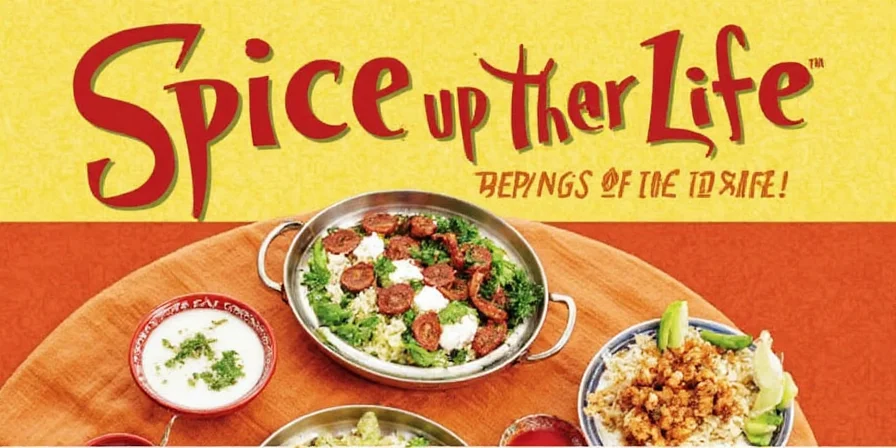
In this article, we’ll walk you through the spice jungle of Indian cooking with a machete made of knowledge—and maybe a few dad jokes along the way.
Table of Contents
- 1. Understand the Holy Trinity of Spices
- 2. Freshness Matters More Than You Think
- 3. Roasting Spices Is Your Secret Weapon
- 4. Garam Masala Isn’t Just Another Powder
- 5. Temper Those Spices Like a Pro
- 6. Balance Sweet, Salty, Spicy, and Sour
- 7. Pre-Mixed Masalas Are Your Lazy Day Best Friends
- 8. Curry Leaves Are Not Optional
- 9. Know Your Chilies Inside Out
- 10. Don’t Be Afraid to Mess It Up
- Summary Table: Spice Essentials at a Glance
- Conclusion: Keep Calm and Curry On
1. Understand the Holy Trinity of Spices
The backbone of Indian cuisine? Three humble spices: cumin, coriander, and turmeric. They’re like the Avengers of the spice rack—each brings something unique, but together, they save the day.
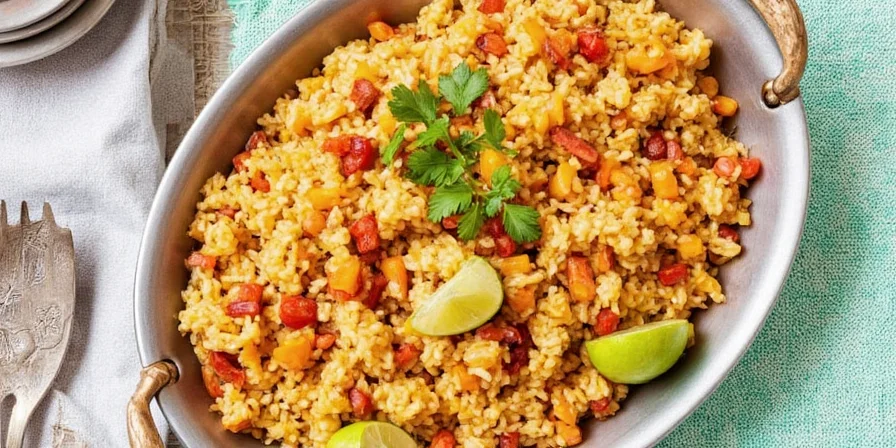
- Cumin: Earthy and nutty, it’s the voice of reason in most dishes.
- Coriander: Slightly citrusy and floral—like if a lemon had a spa day.
- Turmeric: Adds color and anti-inflammatory power. Golden milk, anyone?
2. Freshness Matters More Than You Think
Spices don’t last forever. If your cumin smells like your great aunt’s attic, it’s time to toss it out. Whole spices keep longer than ground ones, so buy them whole and grind as needed.

| Form | Shelf Life | Tip |
|---|---|---|
| Whole Spices | 4 years | Store in airtight containers away from light |
| Ground Spices | 2-3 years | Smell before using—if no aroma, no good |
3. Roasting Spices Is Your Secret Weapon
You’ve heard of dry roasting? It’s when you toast whole spices in a pan without oil until fragrant. This process unlocks deeper, more complex flavors that powdered versions just can’t match.

Pro Tip: After roasting, cool completely before grinding—it prevents clumping and keeps the flavor intact.
4. Garam Masala Isn’t Just Another Powder
Garam masala literally means “warm mix,” and it’s often added toward the end of cooking to preserve its fragrance. Each region has its own blend, from the fiery north to the coconut-kissed south.
| Region | Common Ingredients | Flavor Profile |
|---|---|---|
| North India | Black pepper, cardamom, cloves | Earthy and warm |
| South India | Cinnamon, star anise, fennel | Floral and sweet |
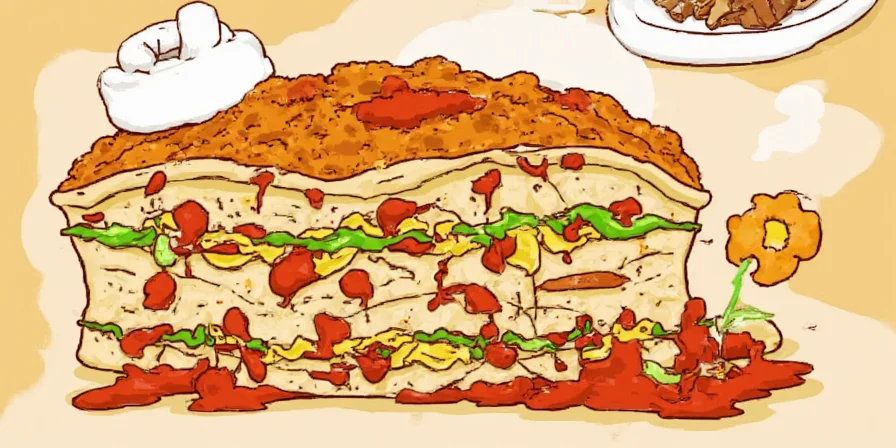
5. Temper Those Spices Like a Pro
Also known as tadka or baghar, tempering involves frying spices in hot oil to release their aromas. The sizzle isn’t just satisfying—it’s science!
- Hing (asafoetida): A pinch goes a long way; use sparingly.
- Mustard seeds: They pop like popcorn—fun to watch and essential for South Indian curries.
- Curry leaves: Non-negotiable for many dishes—they add depth and aroma.
6. Balance Sweet, Salty, Spicy, and Sour
Indian food isn’t just about heat—it’s about harmony. A good dish hits all the flavor notes: salty from salt, sweet from tomatoes or jaggery, sour from tamarind or lime, and spicy from chilies.
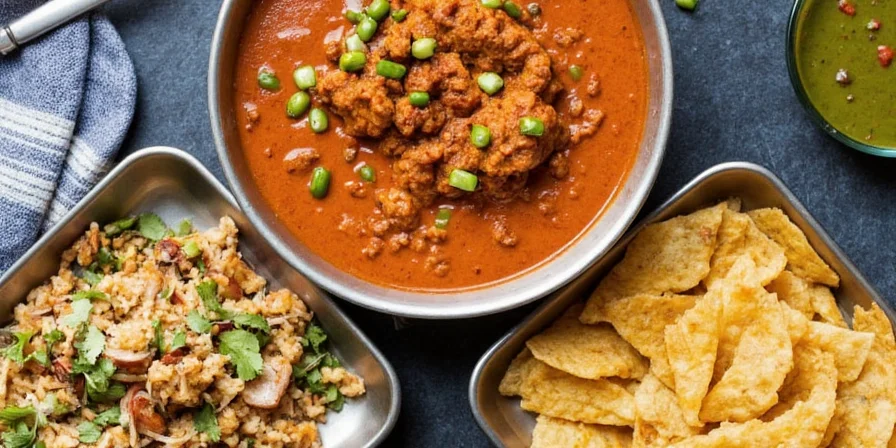
Example: Tamarind rice uses tamarind paste for sourness, jaggery for sweetness, and mustard seeds for spice—resulting in a perfect balance.
7. Pre-Mixed Masalas Are Your Lazy Day Best Friends
We won’t judge if you use store-bought masalas on busy days. Just read the labels! Some contain fillers like flour or preservatives you probably don’t want.
- Check for natural ingredients only
- Avoid additives like MSG unless you’re okay with it
- Buy small quantities to ensure freshness
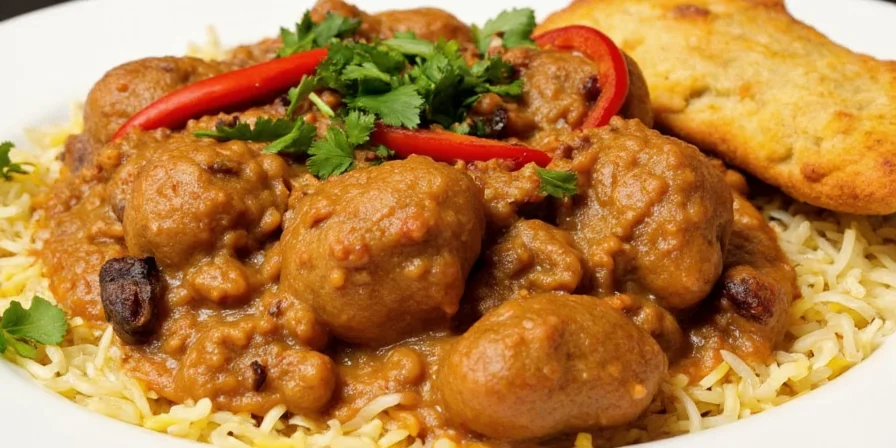
8. Curry Leaves Are Not Optional
Despite the name, “curry leaves” aren’t related to curry powder. They are aromatic and essential in South Indian cooking. Toast them gently in oil until they crackle—that’s how you know you’ve done it right.
9. Know Your Chilies Inside Out
Indian chilies vary in heat and flavor. Kashmiri chili gives color but not much heat, while Byadgi or Guntur chilies bring the fire.
| Type | Heat Level | Use For |
|---|---|---|
| Kashmiri | Mild | Red color in curries and tandoori marinades |
| Byadgi | Hot | Chutneys, pickles, and fiery gravies |
| Green Chilies | Varying | Fragrant heat in sambars and stir-fries |
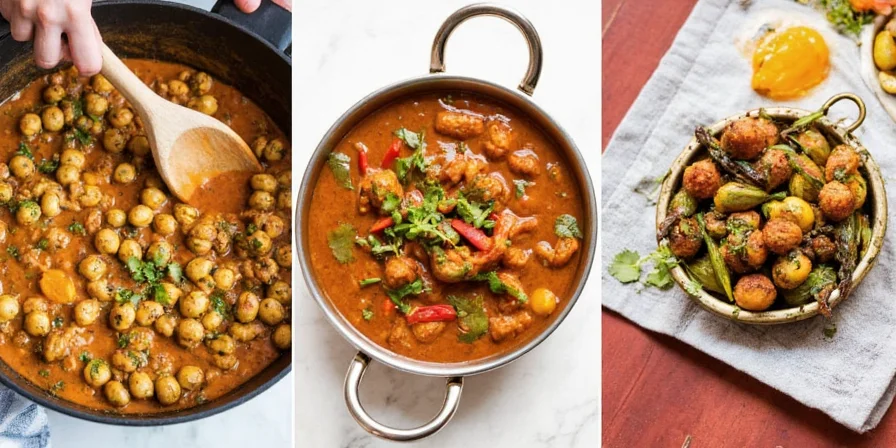
10. Don’t Be Afraid to Mess It Up
Indian cooking is forgiving. Forgot the mustard seeds in your tadka? Add them later. Over-salted the dal? Add a peeled potato to absorb the salt. Cooking is about creativity, not perfection.
Summary Table: Spice Essentials at a Glance
| Spice | Flavor Profile | Best Use | Storage Tip |
|---|---|---|---|
| Cumin | Earthy, nutty | Dals, curries, biryanis | Whole better than ground |
| Coriander | Citrusy, floral | Curry bases, chutneys | Keep in dark, dry place |
| Turmeric | Bitter, earthy | Golden milk, stews, coloring | Sealed jar, away from sunlight |
| Garam Masala | Warm, rich | Finisher for curries, meats | Make small batches |
| Kashmiri Chili | Smoky, red color | Tandoori dishes, kormas | Store in airtight container |
Conclusion: Keep Calm and Curry On
Cooking Indian food is like painting with spices—you don’t need to be Van Gogh to make it beautiful. With a little practice, the right spices, and a sense of humor, you’ll soon be whipping up dishes that’ll make your kitchen smell like a Mumbai street market.
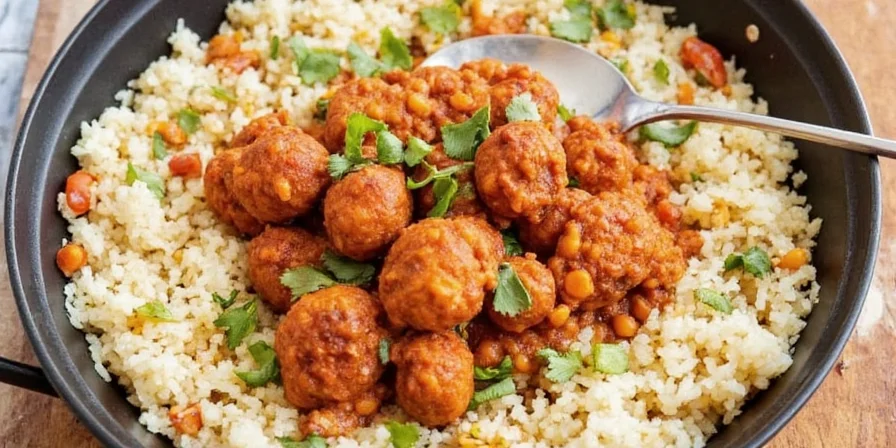
So grab that mortar and pestle, throw on some Bollywood tunes, and let the spice party begin!

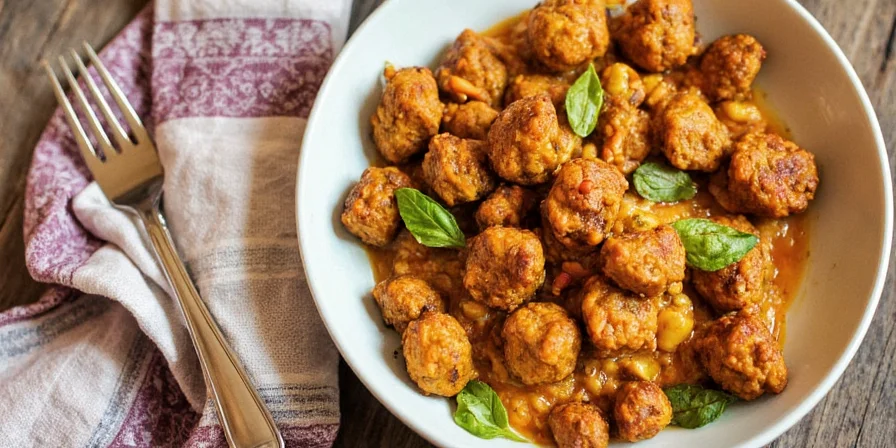









 浙公网安备
33010002000092号
浙公网安备
33010002000092号 浙B2-20120091-4
浙B2-20120091-4